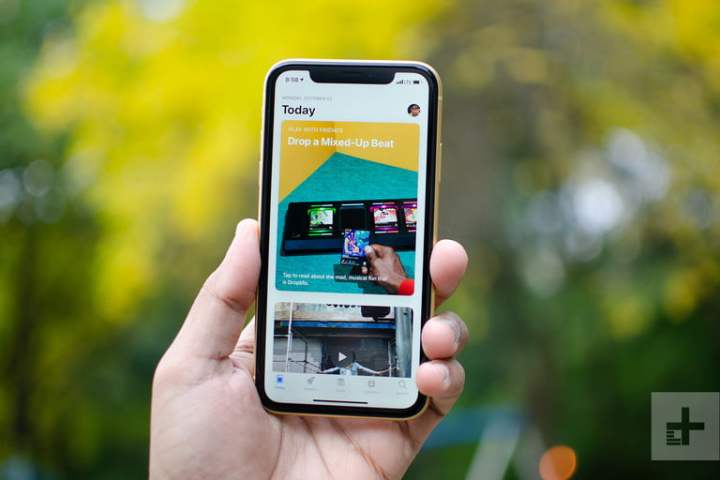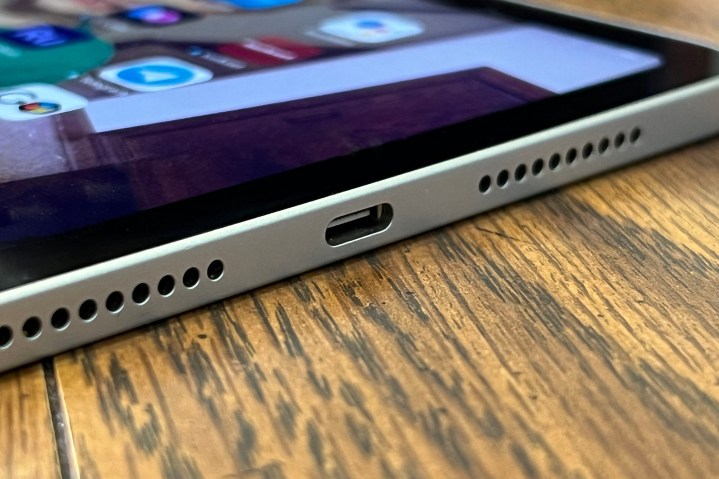Your next iPhone may come with an Apple logo, but the EU is taking a more active hand in designing it than it has in the past. In the space of just a few months, the EU has made some decisions aimed at repudiating select Apple design decisions. Some are small, some are large, and all will mean your iPhone is a little less Apple, and a little more flexible.
The first and most headline-grabbing one: Apple is being forced to open up the App Store in Europe. No, the company is not required to open up its app store to all and sundry. Instead, it now has to allow the iPhone to host alternate app stores. This will create a state of affairs that exists on the Android platform where the Google Play Store exists, and users are also able to install apps from the Amazon App Store or even places like APKMirror or direct from the app developer. It’s important to note that none of these app environments are exclusive. An app developer could opt to build for some, all, or just one app distribution platform (though it’s incredibly hard to keep apps on

A later report claimed that Apple will be making some of these changes, most notably the ones with the iPhone. It’ll be limiting them to Europe, but with noises being made all around the world, it’s hard to see them remaining exclusive for too long. More importantly, it’ll demonstrate the weakness of Apple’s security arguments in a live environment. On the other hand, they might end up meaning nothing. Even on Android phones, the existence of third-party app stores has not led to a Play Store exodus, as some more fanciful takes have argued.
“Realistically, third-party app stores are more about cutting Apple out of the revenue chain than an overwhelming consumer demand. Sideloading certainly brings some additional security issues, though Apple may be allowed to put some guardrails there to mitigate the threat,” Avi Greengart of Techsponential told Digital Trends in an emailed comment. “I don’t think the app store changes will make much difference since most consumers wouldn’t feel the need to download third-party apps, and probably wouldn’t know how to side-load them anyway. As you say, the majority of users, both iOS and
Apple’s biggest concern here could see a more direct crack into iPhone exclusivity through iMessage. As Counterpoint’s Jan Stryzak pointed out, “The Digital Markets Act also calls for interoperability between different messaging platforms, which may actually be a bad thing for Apple as it would allow those who currently stick with iOS because they are iMessage users to swap to

The second major change that’s coming to iPhones is the new USB-C connector. Scheduled for 2024 at the latest, it’s a simultaneously big and small change. I mean, on almost every other Apple product you can buy, whether iPad Pro or MacBook, you’re presented with a USB-C charger. Take a look over at Windows laptops,
On the other hand, for those who’ve been invested in the Apple ecosystem, switching to USB-C will mean purchasing new accessories for your iPhone. It would anyway, and despite Apple’s protestations, it’s always been a matter of when and not if.
“The USB-C ruling is a mixed bag for Apple consumers. On one hand, Apple users who own peripherals that use the Lightning connector will need to purchase adaptors if they upgrade to the USB-C iPhone. On the other hand,

Ultimately, as Greengart notes, the biggest issue for Apple here is the EU taking more direct control over the iPhone. It’s not that USB-C is bad or opening up app store access is bad, it’s that Apple didn’t want to do it — or would have liked to make that decision.
For you and me, it’s not a downside we really need to worry about. Sure, governments and regulations have always influenced how products are designed, but rarely directly. The iPhone has been a uniquely Apple product for a while, but dissatisfaction with the company’s choices has been growing. Still, the fundamentals of the iPhone will remain the same. The software, extensive app catalog, and network effects will still remain, regulation or not. However Tim Cook may feel about it, the next iPhone is coming from Apple and the EU, and you’re going to love it.
Editors' Recommendations
- Every new iMessage feature coming to your iPhone in iOS 18
- Here’s every AI feature coming to your iPhone with iOS 18
- iOS 18 has ended the iPhone vs. Android debate
- iOS 18 makes an 11-year-old iPhone feature exciting again
- iOS 18 is official. Here’s how it’s going to change your iPhone forever



